We’re beginning a block on energy. I’m not going to lie to you… this stuff is tough. At least at first. Many of these concepts are quite abstract and it takes a while for them to sink in.The first bit will focus on some of the major definitions of energy so that you can get a feel for what energy is and what it does. Then we will begin to learn about some of the many forms of energy (sound, thermal, light, heat, electrical) and what they do. Are you ready? Let’s get going.You can get started by watching this video, and afterward either read more about it or start your experiments!
Select a Lesson
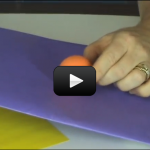 | Inclined Plane What's an inclined plane? Jar lids, spiral staircases, light bulbs, and key rings. These are all examples of inclined planes that wind around themselves. Some inclined planes are used to lower and raise things (like a jack or ramp), but they can also used to hold objects together (like jar lids or light bulb threads). |
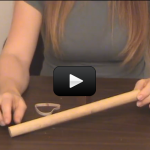 | First, Second, and Third Class Levers Levers, being simple machines, have only three simple parts. The load, the effort, and the fulcrum. Let’s start with the load. The load is basically what it is you’re trying to lift. The books in the last experiment where the load. |
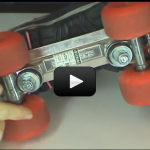 | Roller Skate Belts This isn't strictly a 'levers' experiment, but it's still a cool demonstration about simple machines, specifically how pulleys are connected with belts. Take a rubber band and a roller skate (not in-line skates, but the old-fashioned kind with a wheel at each corner.) |
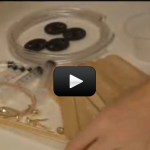 | Hydraulic Pneumatic Earth Mover When people mention the word “hydraulics”, they could be talking about pumps, turbines, hydropower, erosion, or river channel flow. The term “hydraulics” means using fluid power, and deals with machines and devices that use liquids to move, lift, drive, and shove things around. |
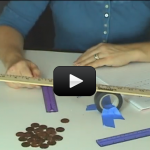 | The SeeSaw We're going to use everyday objects to build a simple machine and learn how to take data. Sadly, most college students have trouble with these simple steps, so we're getting you a head start here. The most complex science experiments all have these same steps that we're about to do... |
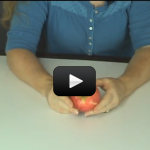 | What’s a Joule? This experiment is for students Grades 9-12. We're going to really get a good feel for energy and power as it shows up in real life. For this experiment.. |
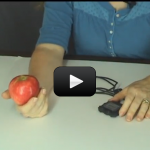 | Measuring Power We're going to practice measuring and calculating real life stuff (because science isn't just in a textbook, is it?) When I taught engineering classes, most students had never analyzed real bridges or tools before - they only worked from the textbook. |
 | Mousetrap Car A super-fast, super-cool car that uses the pent-up energy inside a mouse trap spring to propel a homemade car forward. While normally this is reserved for high school physics classes, it really is a fun and inexpensive experiment to do with kids of all ages.This is a great demonstration of how energy changes form. At … |
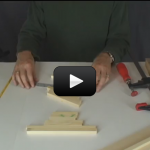 | Trebuchet For ages, people have been hurling rocks, sticks, and other objects through the air. The trebuchet came around during the Middle Ages as a way to break through the massive defenses of castles and cities. It's basically a gigantic sling that uses a lever arm to quickly speed up the rocks before letting go. |
